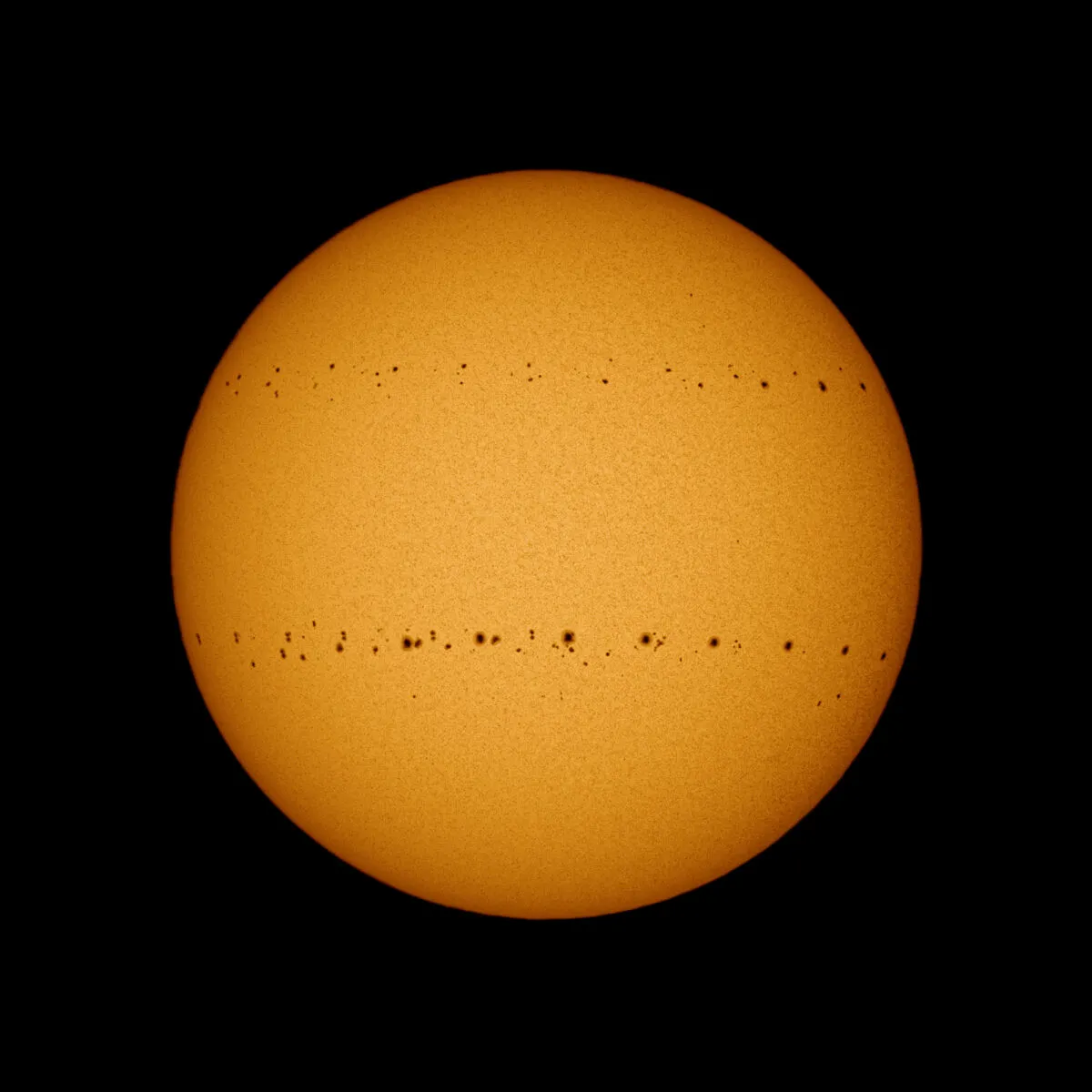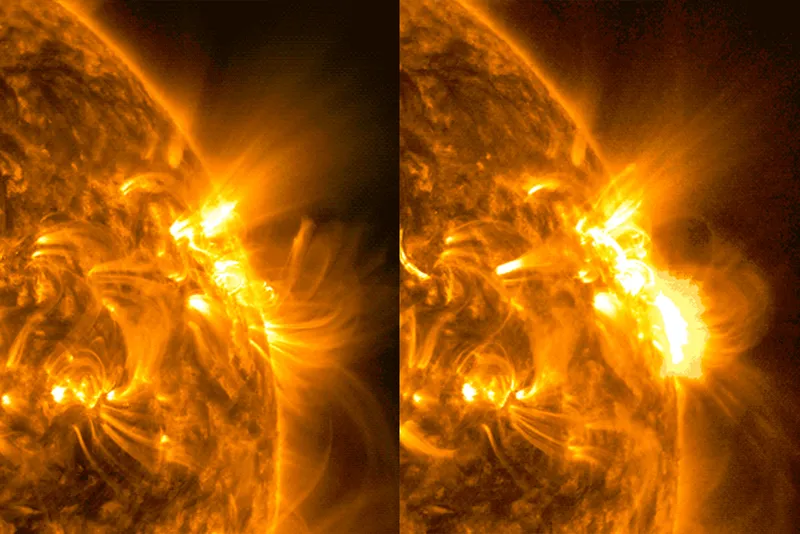Have you ever wondered how the Sun affects life on Earth?
In reality the Sun does a lot more than give us our night and day cycles.
The solar cycle is the name given to the peaks and troughs of solar activity in the form of sunspots, coronal mass ejections and solar flares, which roughly follows an 11-year pattern.
The solar cycle can tell solar scientists a lot about the science of the Sun, and what drives bursts of activity on the Sun.

But predicting the solar cycle is important not just to solar scientists hoping to learn more about our star; it's a practical concern for almost everyone on Earth.
And that's because of a phenomenon known as space weather.
It's just one of the many ways that activity on the Sun affects life here on Earth.
The Sun, satellites, and space weather
Modern society is increasingly reliant on satellites to help us communicate, navigate and monitor our planet.
When the Sun is highly active, it releases high-energy particles that can knock out electrical systems on satellites.
Solar storms can even cause the atmosphere of our planet to expand.
When this occurred in February 2022, just after a batch of SpaceX’s Starlink satellites had been deployed into low orbit, the extra drag meant they were unable to reach their intended altitude and dozens crashed back to Earth.

Though our planet’s magnetic field shields us from the worst of space weather, it can cause problems on the ground as well.
Flares can create magnetic interference that blocks radio communications, as happened in June 2023.
If a big enough storm hits Earth, it can cause electrical surges in power cables.
Such a surge in 1989 caused a power outage that left 6 million people in Quebec in a 12-hour blackout.
Fortunately, operators can mitigate against these problems if they know a storm is coming.
Space monitoring stations can give a few days’ warning of an imminent storm.
But being able to accurately predict when it might be particularly stormy would help them better prepare.
This article originally appeared in the August 2023 issue of BBC Sky at Night magazine.
